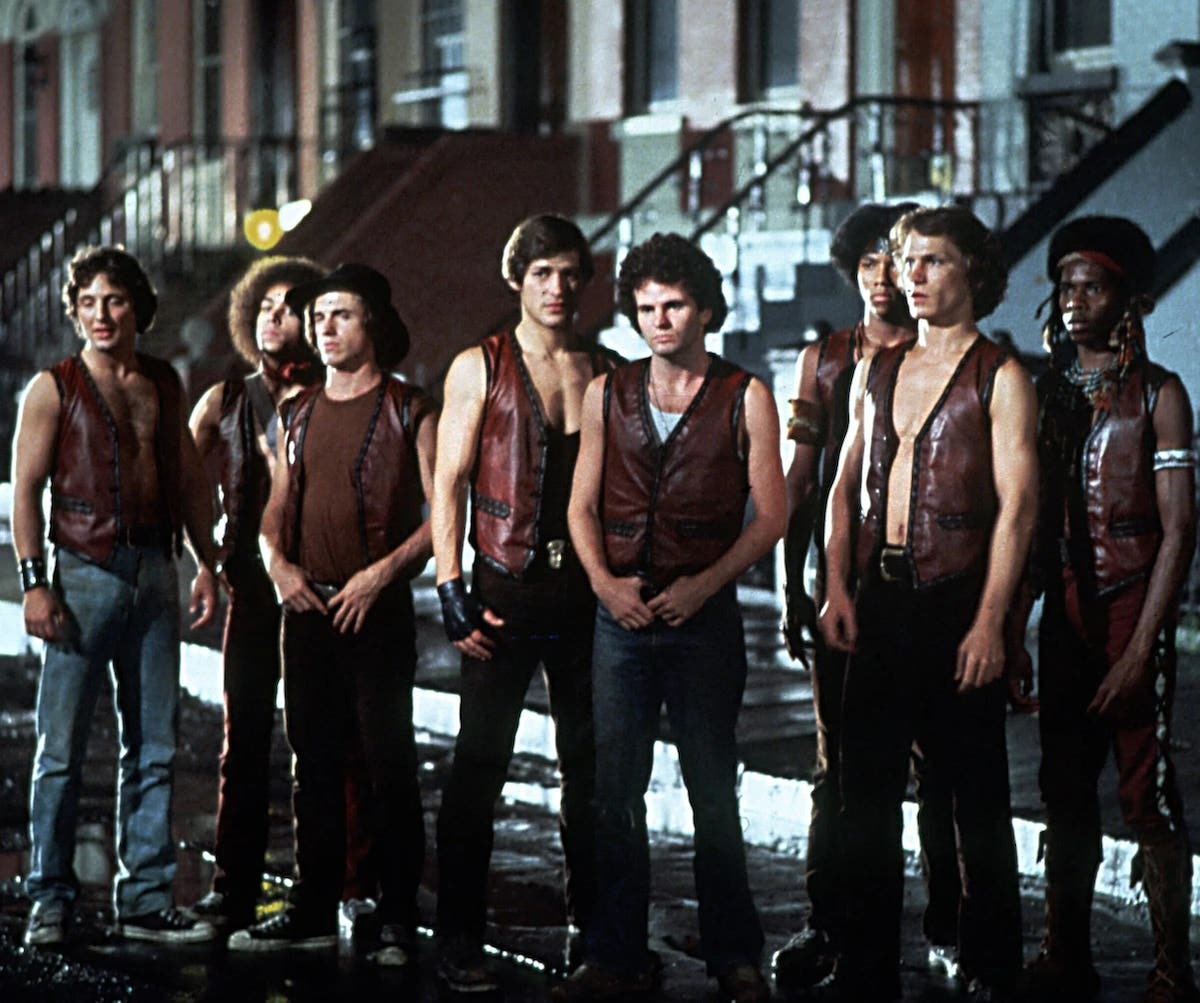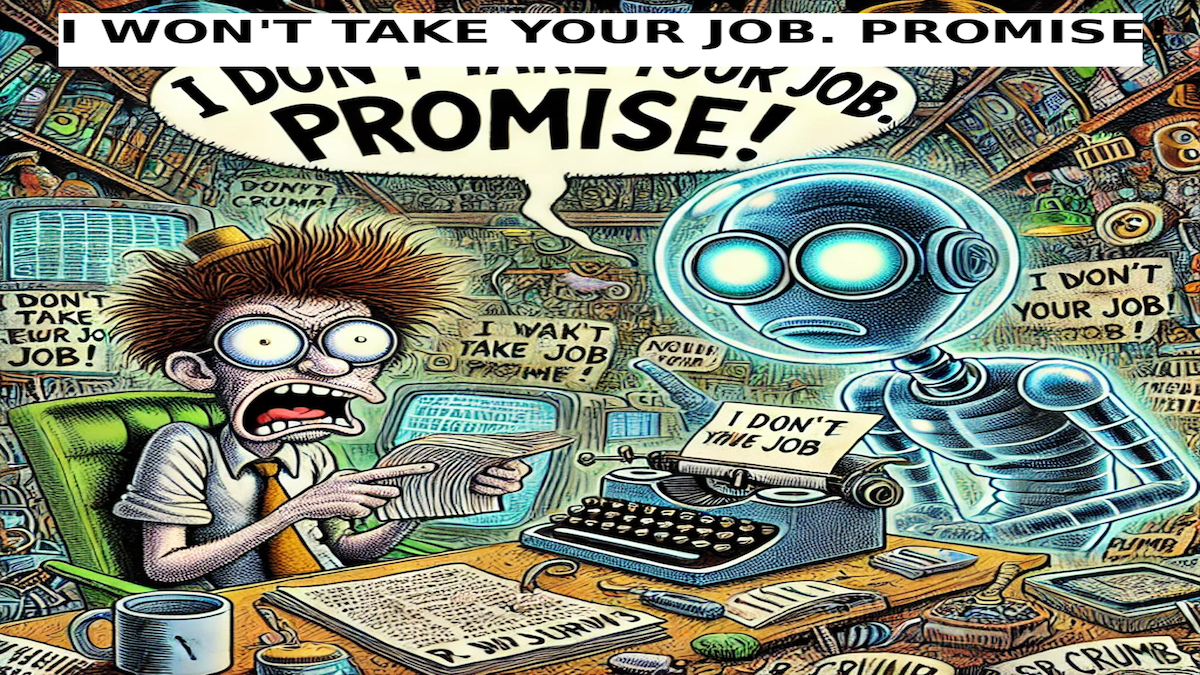Craft : Screenplay Format – Do I Really Need Screenwriting Software?
Do I need screenwriting software to get my screenplay format to meet industry standards? What screenwriting products can help me with script format? Script format is the language of the…
Do I need screenwriting software to get my screenplay format to meet industry standards? What screenwriting products can help me with script format?
Script format is the language of the screenplay. Screenwriting software makes it easier to learn this language and to communicate with other industry professionals who “speak” the same language. That fact doesn’t mean you necessarily need to buy screenwriting software, but it does mean you need to learn the language of screenplay format.
Excellence is the Goal
May I explode one script formatting myth right now? Your formatting does not have to be perfect; scripts are seldom rejected solely because of formatting errors. However, if enough problems add up to become a distraction, your script could be in trouble. The goal is screenwriting excellence, not formatting perfection—and yet, it is important to make a positive first impression as well as to demonstrate your understanding of the language.
It is true that professionals speak different “dialects” of the formatting language. Screenplay formatting is not an exact science. For example, one agent may prefer a period after EXT and INT, and another may prefer no punctuation at all while still others may prefer that you bold the entire master location heading. That’s nitpicky stuff, but virtually everyone agrees that master scene headings begin with an exterior or interior camera placement.
In discussions with working writers, I sense a positive attitude toward learning and using the language. A composite statement from these writers might read as follows: “Dave, formatting techniques are like tools in a toolbox that help me craft my work of art. I love my tools because they help me communicate my story in a more effective way than if I did not use those tools.” On the other hand, I’ve seen some developing writers view formatting as a necessary evil, a box to force their screenplay into. A reframing of that view will lead to greater productivity as a screenwriter.
But What About Software?
There are two major software programs available: Final Draft and Movie Magic Screenwriter. These two software applications help you apply screenplay formatting tools with both precision and confidence. They simply make it easier for you to apply the language.
I get asked a lot about the many free and inexpensive software programs. In my view, they are risky for many reasons. I’ll explain by relating the saddest thing that ever happened in my career since my big Disney deal fell through due to the sudden death of an executive.
Dr. Format’s Fumble
My goal was to create an inexpensive Microsoft Word add-on for my clients and students that approached the quality of Final Draft and Movie Magic Screenwriter. My Dr. Format Software was a hit until Microsoft released Vista. It became so expensive to upgrade to Vista that we had to discontinue the product. That story begs this question: What is the staying power of the software you use? Could it disappear at some future date? And does it contain the necessary features to impress professionals? These are important questions to ask of future software as well.
Let’s look at some of the features your software should have.
What Happened to the Page
Numbers? Let’s face it—the goal is to reach the reader (story analyst), agent, or producer. Imagine a Hollywood reader receiving a script in the mail and there are no page numbers on it. Oops!
How can he write coverage without being able to refer to specific pages? And how will an agent or producer give you notes if he is unable to refer to specific pages?
Personally, I’ve received several scripts over the years where pages were accidentally out of order. This is an easy problem to solve if there are page numbers typed on the pages. Otherwise, it can be quite frustrating trying to figure out the correct order. Just the other day, I received such a script—there were no page numbers and it was missing page 35, but how was I to know that? I stopped reading immediately. I wondered, “Is this some kind of jump cut? Does he kiss her or not?” I re-read the previous pages several times but I was stumped. May I admit that when I finally realized what the problem was, I felt like emptying the lighter fluid can on the script and inviting my family to the barbecue?
A script without page numbers could be titled Don’t Produce Me. That’s because without page numbers, it is impossible to “break down” the script for production. How can anyone make a cast list, prop list, character list, and so on? It’s in your best interest to send a spec script that can be easily converted into a shooting script. And page numbers in the wrong place are not very helpful either.
Of course, pagination happens automatically with Final Draft or Movie Magic Screenwriter. If you use Microsoft Word, you must “insert” page numbers. Your script should always look professional and inviting to read.
The Three File Standards
A client called me the other day and wanted to know why neither Final Draft nor Movie Magic Screenwriter could import her script. The answer was because she was using a freebie formatter that created files that could not be imported by another software application. In addition, she could not save her script as a PDF file or even as an RTF file. She was sunk; she ended up retyping her complete screenplay using—you guessed it—one of the two major screenwriting applications. Oh, the lost time!
“When an agent or producer asks you to e-mail your script, he is expecting a PDF file, a Final Draft file, or a Movie Magic Screenwriter file.”
When an agent or producer asks you to e-mail your script, he is expecting a PDF file, a Final Draft file, or a Movie Magic Screenwriter file. He will accept a Word document and possibly an RTF file, if he is in a good mood. Anything else may drive him to the Delete button. I believe it’s an advantage to be able to save your script as a PDF file. A PDF freezes your script exactly the way you wrote it; no one can make changes to it. In addition, most writers email PDFs of their script to others.
Getting Produced
If a producer loves your script, he will likely be thrilled if you wrote it using Final Draft or Movie Magic Screenwriter. Why is that? Because both of those applications can quickly convert your spec into shooting-script format—that is, into a production script that can be “broken down” in preparation for the shoot. Look for the word “Production” on the toolbar of either major application. Incidentally, if you decide to produce your own script, you’ll appreciate this feature even more than you do as a writer.
Continuing Dialogue
If you use any of the free and inexpensive formatting applications or open source software, writing dialogue can be a pain in the creative process. For example, what do you do when you arrive at the bottom of a page, you’re typing dialogue, and you realize that the dialogue is going to continue to the next page? You’ll need to stop, type MORE at the bottom of the page, and then type the character’s name at the top of the next page with CONT’D (typed parenthetically) adjacent to the character’s name. Finally, you’ll continue writing the dialogue.
That's a lot of work, especially when you revise your script and find those continued dialogue blocks are now in the middle of pages, and that there are other dialogue blocks at the bottom of pages that require this special formatting. The two major software programs handle this process automatically—one of my favorite features because it saves a lot of time.
Screenwriting is a Profession
Certainly, there are many other features I could name that I believe a software application should provide: Title pages, spellcheck, “cheating” options, industry-standard line spacing, and so on. There are also wonderful advanced features that are not essential but can be extremely helpful.
I realize if you own inexpensive or free software, there are a few ways to compensate for the lack of the “necessary” features I have named; for example, if you can save your script as an RTF file and then convert it into a Word document (which will require a lot of formatting adjustments), you can then create a PDF file. There are other little tricks, none of which are time-saving or fool-proof. And, in fairness, I should admit that I have not viewed every single screenwriting software program extant to assess its features.
Even so, I feel comfortable recommending you use Final Draft or Movie Magic Screenwriter—both carry the Dr. Format Seal of Approval. The companies behind these are not going away anytime soon, so there will always be support and upgrades. And you’ll be using software that the rest of the industry recognizes.
Screenwriting is a profession, and formatting is the language of the screenplay. For those reasons alone, I think it’s wise to use a professional software program that will help you correctly apply the formatting language to your script.
Good luck and keep writing.
Originally published in Script Magazine January/February 2011
Dave Trottier (AKA Dr. Format), author of seven books including The Screenwriter's Bible, has sold or optioned ten screenplays (three produced) and helped hundreds of writers sell their work and break into the biz. He is an award-winning teacher, in-demand script consultant, and friendly host of keepwriting.com. Twitter: @DRTrottier





